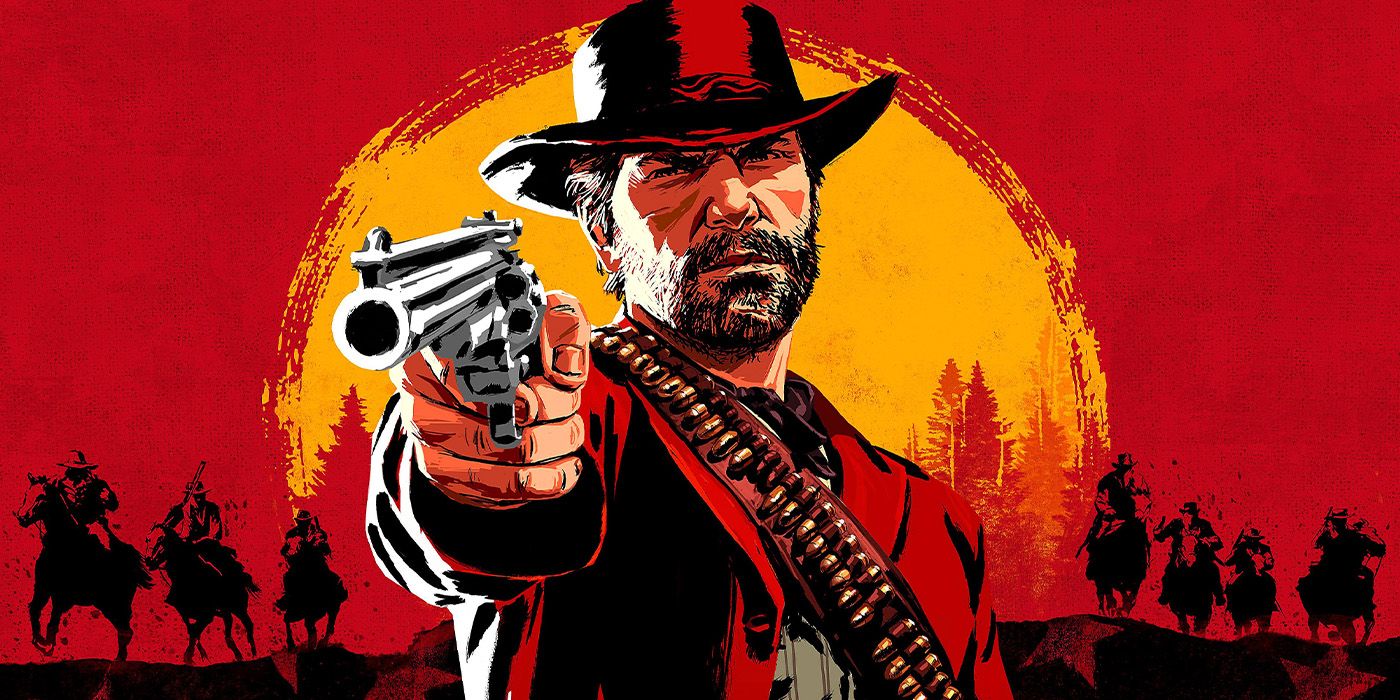The Potential of a Red Dead Redemption TV Series
Anyone who has played the Red Dead Redemption games knows that the series is a treasure trove of storytelling, character development, and immersive world-building. Fans have long dreamed of seeing this rich universe brought to life in a live-action format. While many might initially think of a big-screen movie adaptation, there’s a more compelling and fitting approach: a long-form television series that honors the spirit of classic Westerns.
Learning from Classic TV Westerns
The Golden Age of TV Westerns featured shows like Gunsmoke, Wagon Train, Have Gun — Will Travel, Cheyenne, Maverick, and Bonanza. These programs often used standalone episodes with consistent characters who evolved over time. This structure allowed for deep character exploration and engaging stories that resonated with audiences. It’s no coincidence that the Red Dead Redemption games follow a similar pattern, with John Marston and Arthur Morgan embarking on various missions and side quests that reveal their true nature.
Support kami, ada hadiah spesial untuk anda.
Klik di sini: https://indonesiacrowd.com/support-bonus/
These old-fashioned shows thrived on individual adventures rather than being constrained by a larger narrative. This flexibility allowed for meaningful character growth and change, which is exactly what makes the Red Dead games so compelling. The side quests and random encounters are not just filler—they’re essential to understanding the protagonists’ journeys.
Expanding the World Beyond the Main Story
One of the most appealing aspects of the Red Dead games is the vast world they present. From wayward photographers to grieving mothers, cannibals, cultists, and even sasquatches (in the Undead Nightmare DLC), the game is filled with unique characters and situations. A television adaptation would have the opportunity to bring these elements to life, enriching the narrative and giving fans a deeper connection to the world.
For example, in Red Dead Redemption II, the mission “The Fine Art of Conversation” features Sister Calderón, but only if players complete the side mission “Of Men and Angels.” This scene is crucial to Arthur Morgan’s redemption story, yet it wouldn’t be possible without the prior interactions with the nun in Saint Denis. A TV series could explore these moments in detail, allowing viewers to experience the same emotional depth as players.
Support us — there's a special gift for you.
Click here: https://indonesiacrowd.com/support-bonus/
Switching Between Protagonists
A proper Red Dead series should also be flexible enough to switch between different protagonists. Shows like Maverick and Cheyenne often featured different leading men depending on the episode, which added variety and kept the audience engaged. Applying this technique to Red Dead could allow for a dynamic storytelling approach, where the narrative shifts between John Marston and Arthur Morgan as needed.
While some fans may have preferred John Marston’s story in the first game, many found Arthur Morgan’s journey in Red Dead Redemption II to be equally, if not more, compelling. By rotating between the two protagonists, the series could explore their stories simultaneously, offering fans a richer and more nuanced experience.
Exploring New Characters and Time Periods
Beyond the main characters, a Red Dead series could also delve into the lives of other notable figures from the games, such as Sadie Adler, Charles Smith, Rains Fall, or even an older Jack Marston. An episode dedicated to the legend of Red Harlow from the original Red Dead Revolver could add another layer of depth to the series.
Additionally, the show could take creative liberties with time periods, jumping between the height of the Van der Linde gang and the early 20th century when John is tracking down his former friend. This non-linear storytelling could provide fresh perspectives and keep the narrative exciting and unpredictable.
Blending Classical Formats with Modern Techniques
While the show should embrace the storytelling style of classic Westerns, it doesn’t need to be confined by outdated aesthetics. The first season of The Mandalorian demonstrated how modern production values can enhance traditional storytelling techniques. Standalone episodes with character-driven plots, combined with a larger overarching narrative, could work wonders for a Red Dead series.
By taking its time with the story and allowing the characters to develop naturally, the series could capture the essence of the games while offering something new and exciting. Entire episodes could focus on towns like Armadillo, Blackwater, or Strawberry, where our heroes pursue bounties, perform robberies, or seek redemption.
Conclusion
A Red Dead Redemption television series has the potential to be far more than just a film adaptation—it could be a revival of the classic Western genre. By embracing the strengths of both the games and the golden age of TV Westerns, the series could offer a unique and immersive experience that appeals to both longtime fans and newcomers alike. If done right, it could recreate the magic of playing the games themselves and bring back the timeless appeal of the Old American West.







